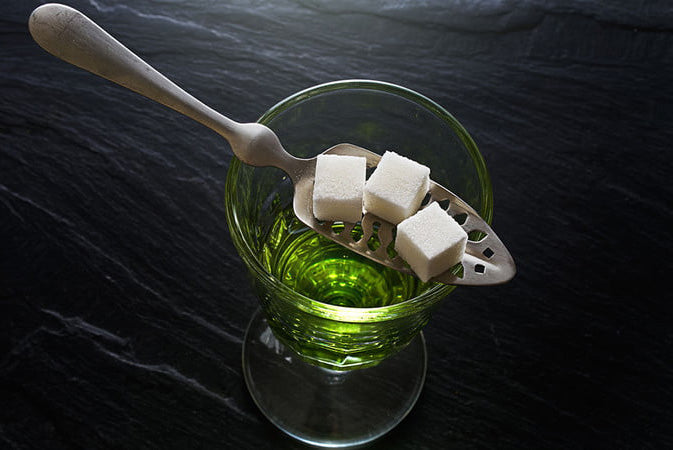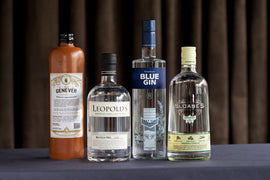Traditionally absinthe is a spirit shrouded in mystery, however with a recent resurgence in popularity, it's time to set things straight. Read on for five facts you didn't know about absinthe.
1. Absinthe takes its name from the main adjunct flavoring aside from anise, Artemisia absinthium.
2. Once distilled, absinthe is a brilliant clear and is referred to as Blance absinthe. Traditional absinthe obtains their green color strictly from the chlorophyll of whole herbs, which is extracted from the plants, and is then known as Verte absinthe.
3. The nickname, "The Green Fairy," is the English translation of La Fee Verte, the affectionate French nickname given to the popular drink in the 19th century. Though absinthe is not a hallucinogen, the Green Fairy was representative of the metaphorical concept of the artistic enlightenment and exploration, of poetic inspiration, of a freer state of mind, of new ideas, of a changing social order.
4. The spirit was invented in Switzerland around the turn of the 19th century and was produced there and just over the border in southeastern France. The quality and authenticity of absinthes found in the US market is very good, and that mean they're made with Artemisia absinthium, a.k.a. grande wormwood.
5. How to Drink Absinthe in the traditional manner
- The tools: fine absinthe, a glass (a wine glass works perfectly well), an absinthe spoon, sugar, and a carafe full of ice-cold water. The absinthe spoon is the most unique tool as it consists of a flat, perforated trowel-like tool with a small indented area in the handle to hold it in place on the edge of the glass. The perforations allow the water and melting sugar to pass into the glass of absinthe below. No absinthe spoon? A standard fork will do.
- Similar to coffee or tea, sugar is up to the drinker's preference, but if you do choose to use it, cubed sugar is recommended.
- Pour one ounce of absinthe into the glass.
- Place the spoon across the rim of the glass, with the notch of the spoon resting on the rim and place a sugar cube upon the spoon.
- If you are using a carafe, begin by pouring a small amount of water onto the sugar, saturating it. Allow it to sit for a minute two so that the sugar begins to loosen and dissolve on its own. Then begin slowly drizzling a very slender stream of water onto the sugar cube. The customary ratio suggested by historical absinthe labels was five ounces of water to one ounce of absinthe, making a six ounce drink at around twelve to fourteen percent alcohol by volume, similar to a glass of light wine.





